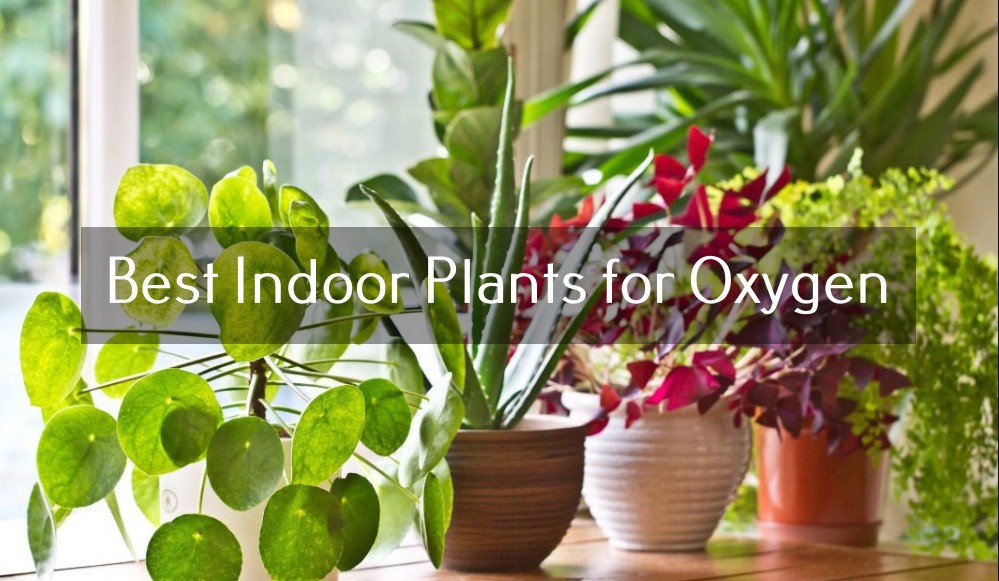With an increase in population, there is a drastic rise in pollution everywhere. People started buying Air-purifiers to freshen the air in their houses. They are investing a lot of money in buying Air-purifiers which have certain disadvantages as well. Instead of buying Air-purifiers, we could invest in indoor plants that absorb indoor pollutants which affect our health. The indoor plants purify the air and give us fresh oxygen to breathe and the plants make our home look beautiful as well. Let us discuss on the Best Indoor Plants for Oxygen and Air-purifying in this post.
NASA Study on Indoor Plants
National Aeronautics and Space Administration (NASA), in association with Associated Landscape Contractors of America (ALCA) made a research to clean air in Space stations. Apart from absorbing Carbon Dioxide and releasing Oxygen, certain Indoor plants have the capability to remove toxin agents from Air.
The major indoor pollutants are benzene, formaldehyde, trichloroethylene, airborne biological pollutants, carbon monoxide, and nitrogen oxides, Radons and pesticides, and disinfectants (phenols). These pollutants might cause headaches, allergies, and sometimes nervous system disorders, cancer, and death.
NASA identified 50 plants that remove the above pollutants from your home and freshens the air to breathe. For more effective air cleaning, place a plant for every 100 square feet.
Best Indoor Plants for Oxygen and Air-Purifying
Here is the list of Best Indoor Plants for Oxygen and Air-Purifying:
- Boston Fern
- Bamboo palm
- Peace Lily
- Dwarf Date Palm
- Chinese Evergreen
- Spider Plant
- Flamingo lily
- Aloe Vera
- Philodendron
- Snake Plant
Boston Fern
Scientific Name: Nephrolepis exaltata
Toxins Removed: Formaldehyde, Xylene and Toluene
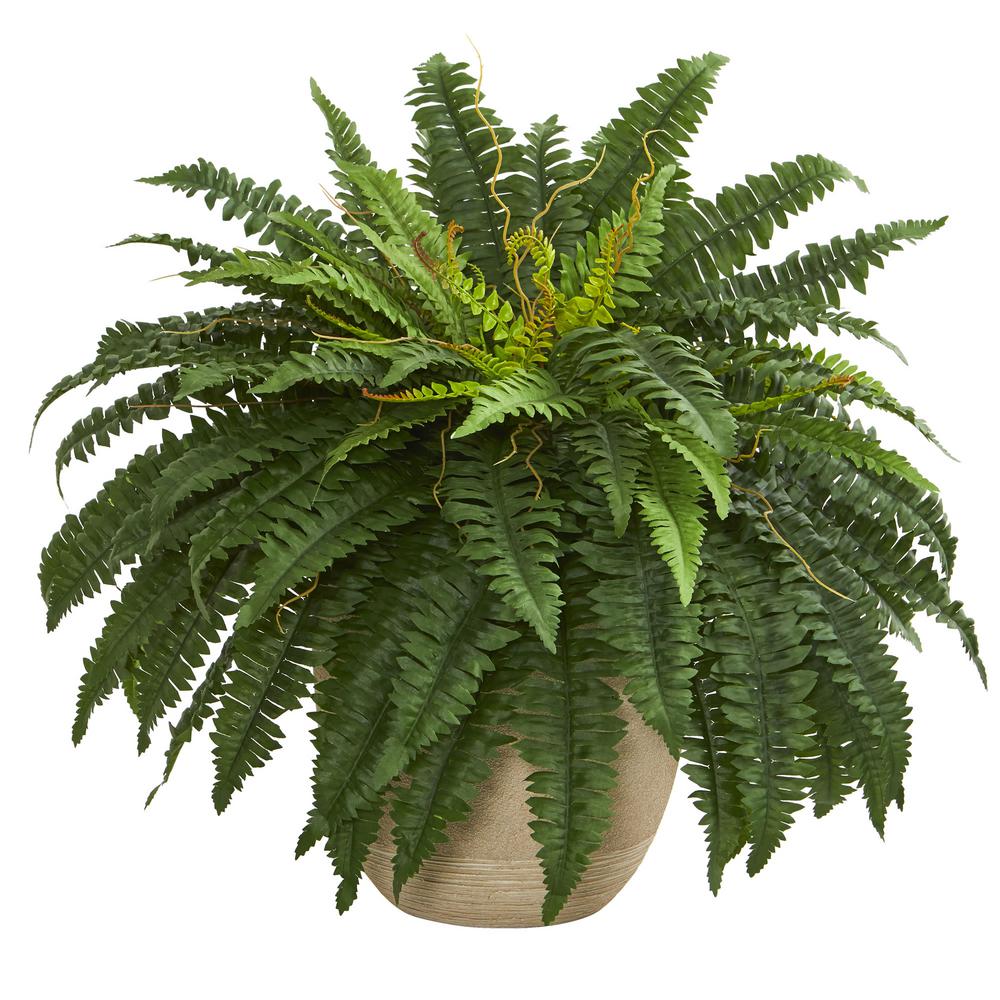
Boston Fern also called sword fern, is one of the best Indoor plants for oxygen. It removes certain toxins from the air and freshens it to breathe. This plant loves moist and shady places. Hence, try to keep the soil moist every time. It can grow up to a height of 4 feet and a width of 5 feet.
Bamboo palm
Scientific Name: Chamaedorea seifrizii
Toxins Removed: Formaldehyde, Trichloroethylene and Benzene
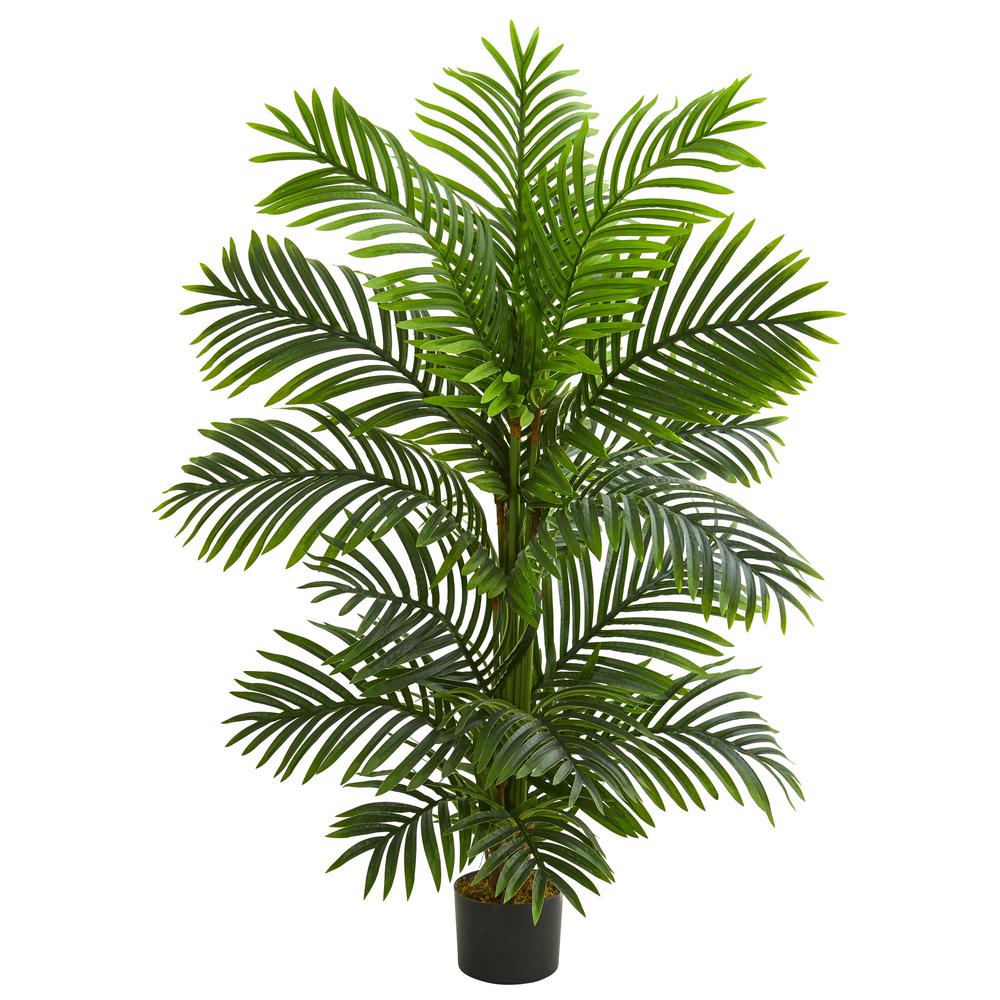
Bamboo Palm removes a good amount of Formaldehyde from the air and makes it fresh to breathe. Apart from removing Formaldehyde, Bamboo Palm also removes Benzene (used as an ingredient in making dyes, lubricants, rubbers, and detergents) and Trichloroethylene (Industry Solvent). Bamboo Palm grows between 4 to 12 feet high.
Peace Lily
Scientific Name: Spathiphyllum
Toxins Removed: Benzene, Carbon monoxide, Formaldehyde, Trichloroethylene, Xylene
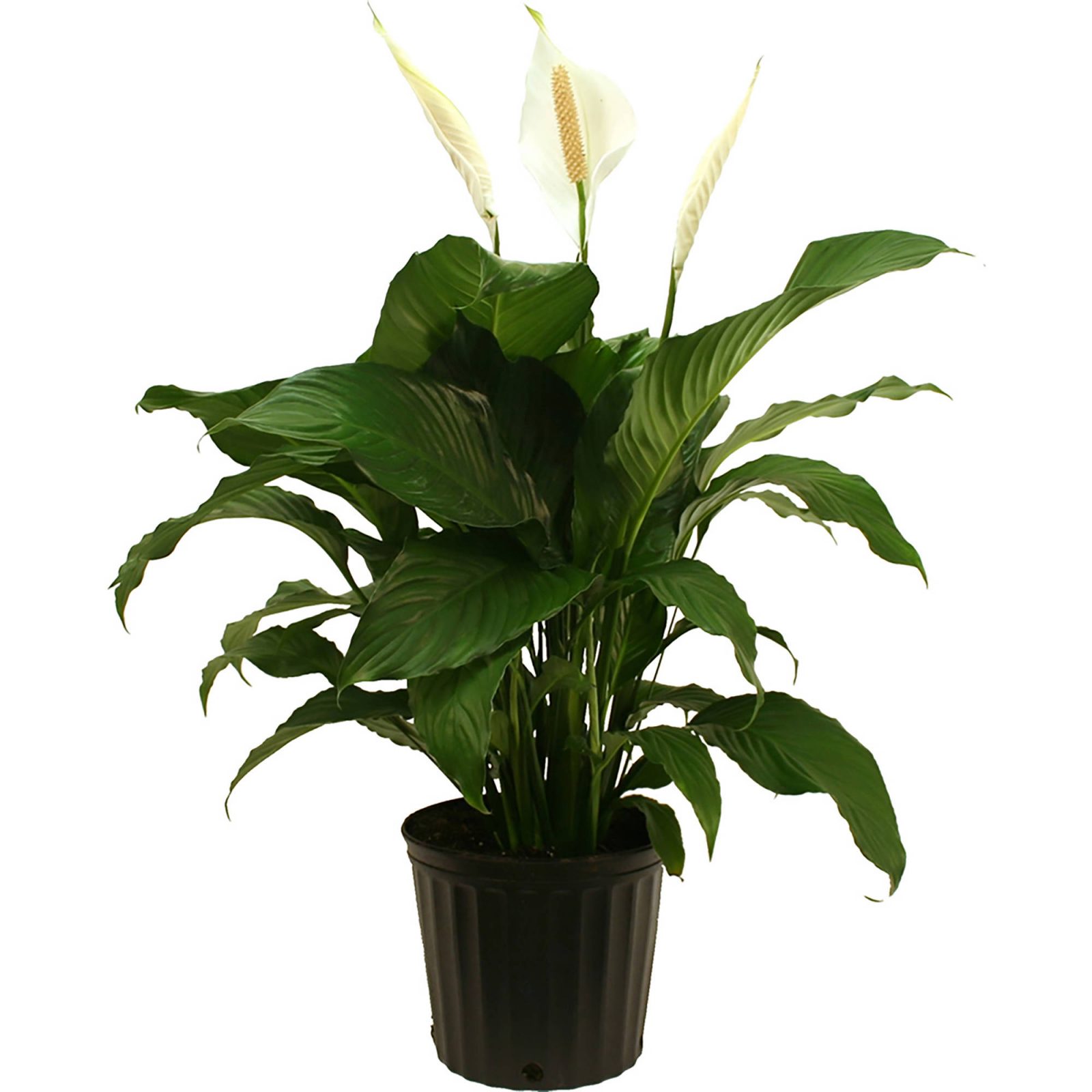
The peace lily is the best in removing toxic pollutants from the air making it pure and increasing humidity in the air. The soil needs to be watered on a weekly basis. It removes Benzene, CO, Formaldehyde, Trichloroethylene, and Xylene from the air. It is better to keep the plant away from Children as the plant is mildly toxic to humans and animals.
Dwarf Date Palm
Scientific Name: Phoenix Roebelenii
Toxins Removed: Formaldehyde, Xylene
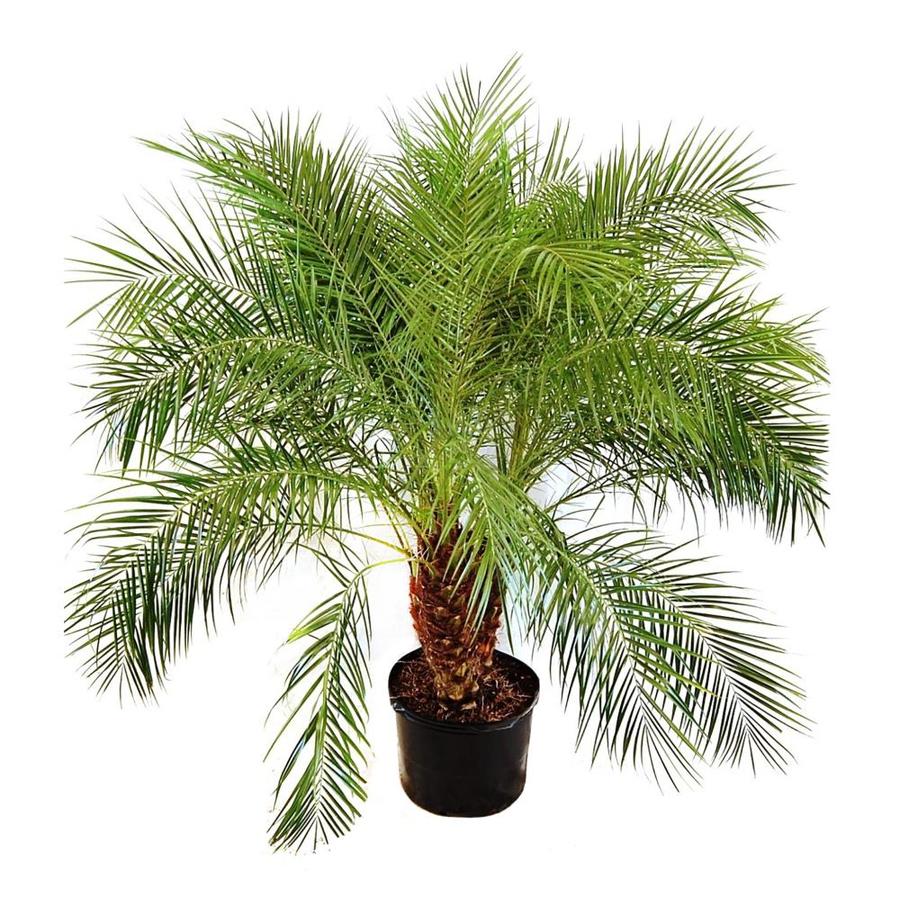
Dwarf Date Palm is a small or medium-sized plant belonging to the family of date palm natives. It is an excellent plant for removing Xylene from the air. This plant should be grown with adequate space as it grows up to 10 feet high.
Chinese Evergreen
Scientific Name: Aglaonema
Toxins Removed: Formaldehyde, Xylene
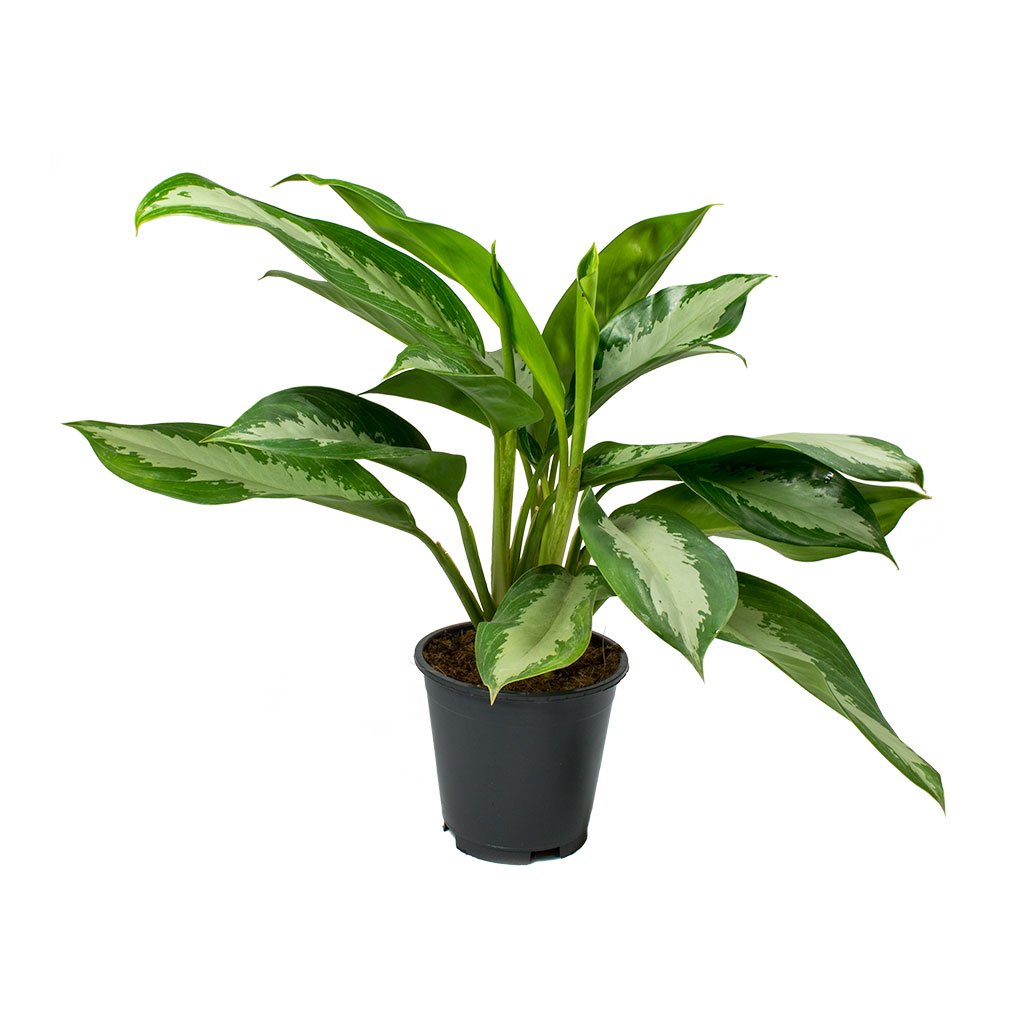
Chinese Evergreen can be easily grown under indoor circumstances. These plants remove Formaldehyde and Xylene from the air and keep the air fresh for breathing. The Chinese Evergreen plant contains “calcium oxalate” which is considered poisonous, and when ingested, it might cause irritation of the mucous membranes, and the juice from the plant may cause painful skin rashes.
Spider Plant
Scientific Name: Chlorophytum comosum
Toxins Removed: Formaldehyde, Xylene
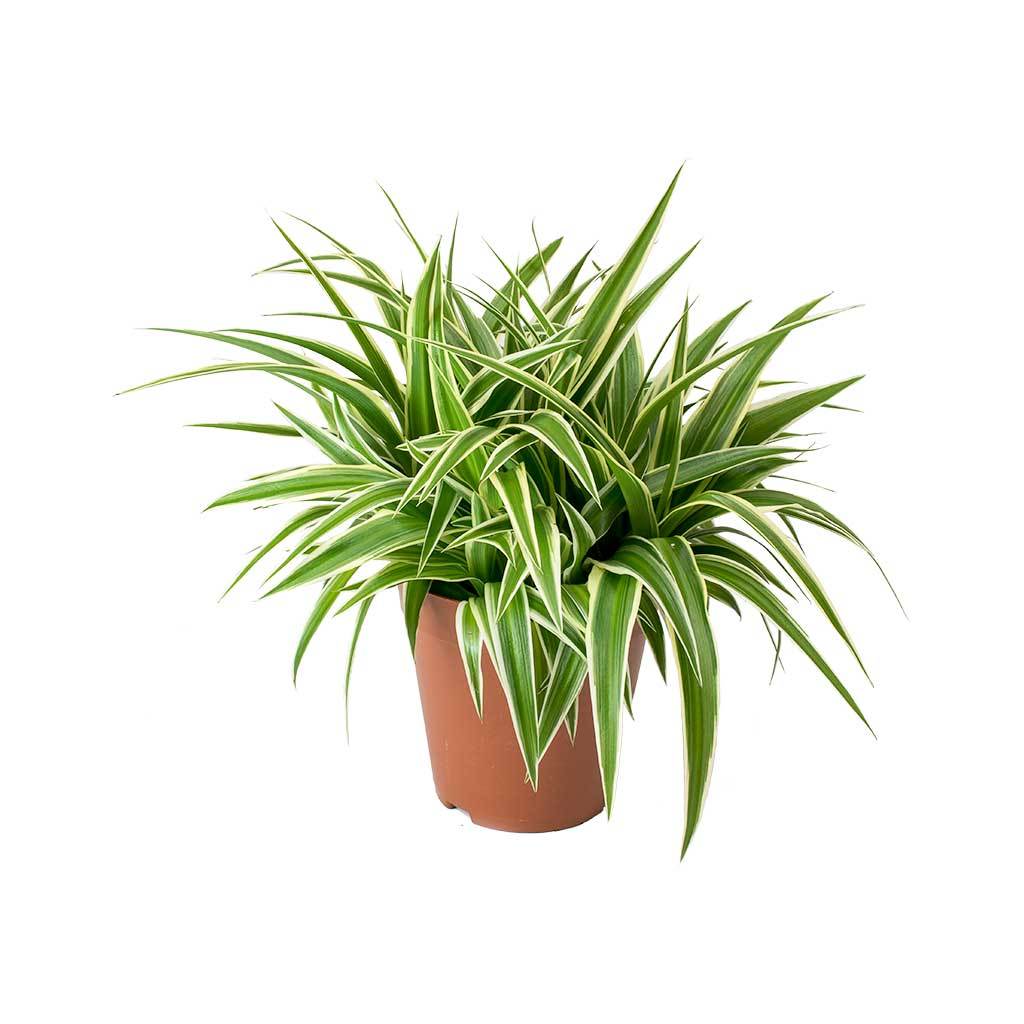
The spider plant is easy to grow under indoor circumstances. This plant has the ability to remove toxins like Formaldehyde and Xylene from the air making fresh air to breathe in indoor circumstances. Spider Plant survives under indirect sunlight and can stay at any temperature, making them useful plant to grow.
Flamingo lily
Scientific Name: Anthurium andraeanum
Toxins Removed: Formaldehyde, Ammonia, Xylene, Toluene
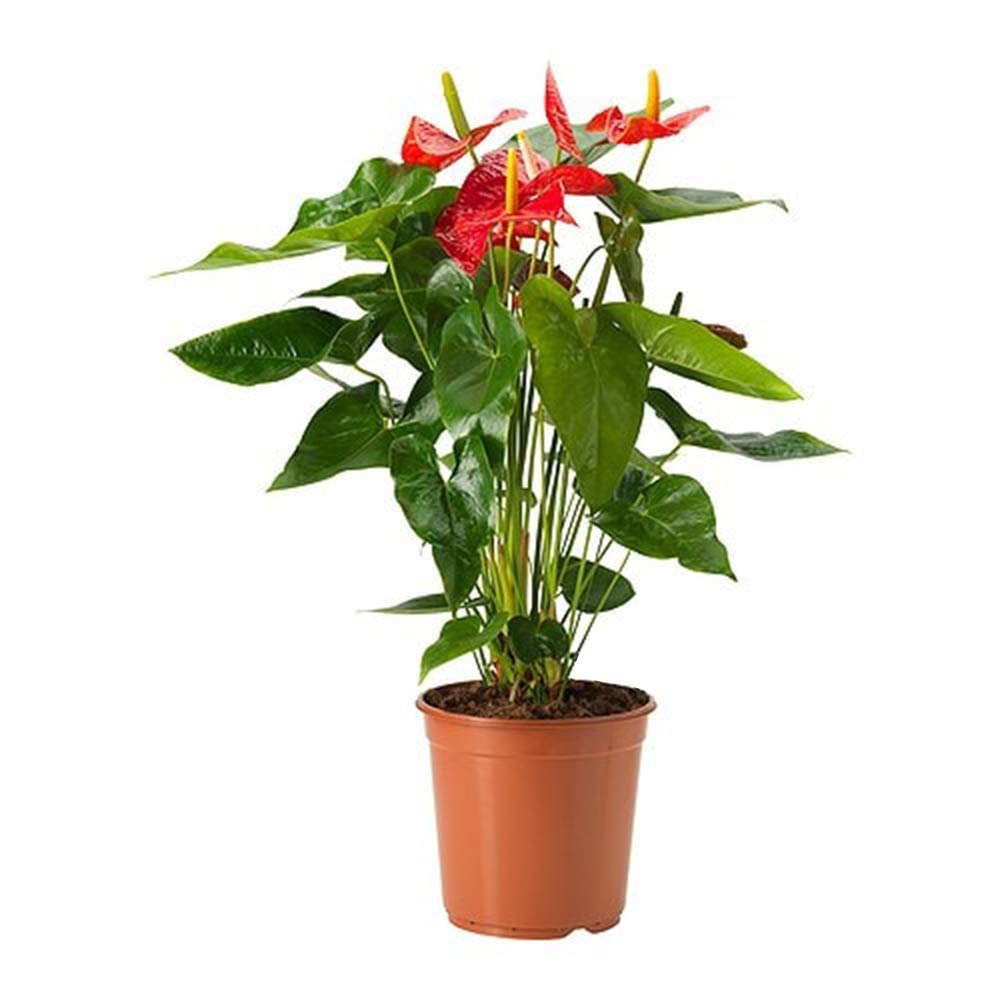
Flamingo lily adds more color to your room. This plant is grown as an ornament flower across the world. The flower and leaves are used to make bouquets. Flamingo lily is one of the plants which was named under the NASA Clean air study. The plant has the ability to remove toxins like Formaldehyde, Ammonia, Xylene, and Toluene.
Aloe Vera
Scientific Name: Aloe vera
Toxins Removed: Formaldehyde
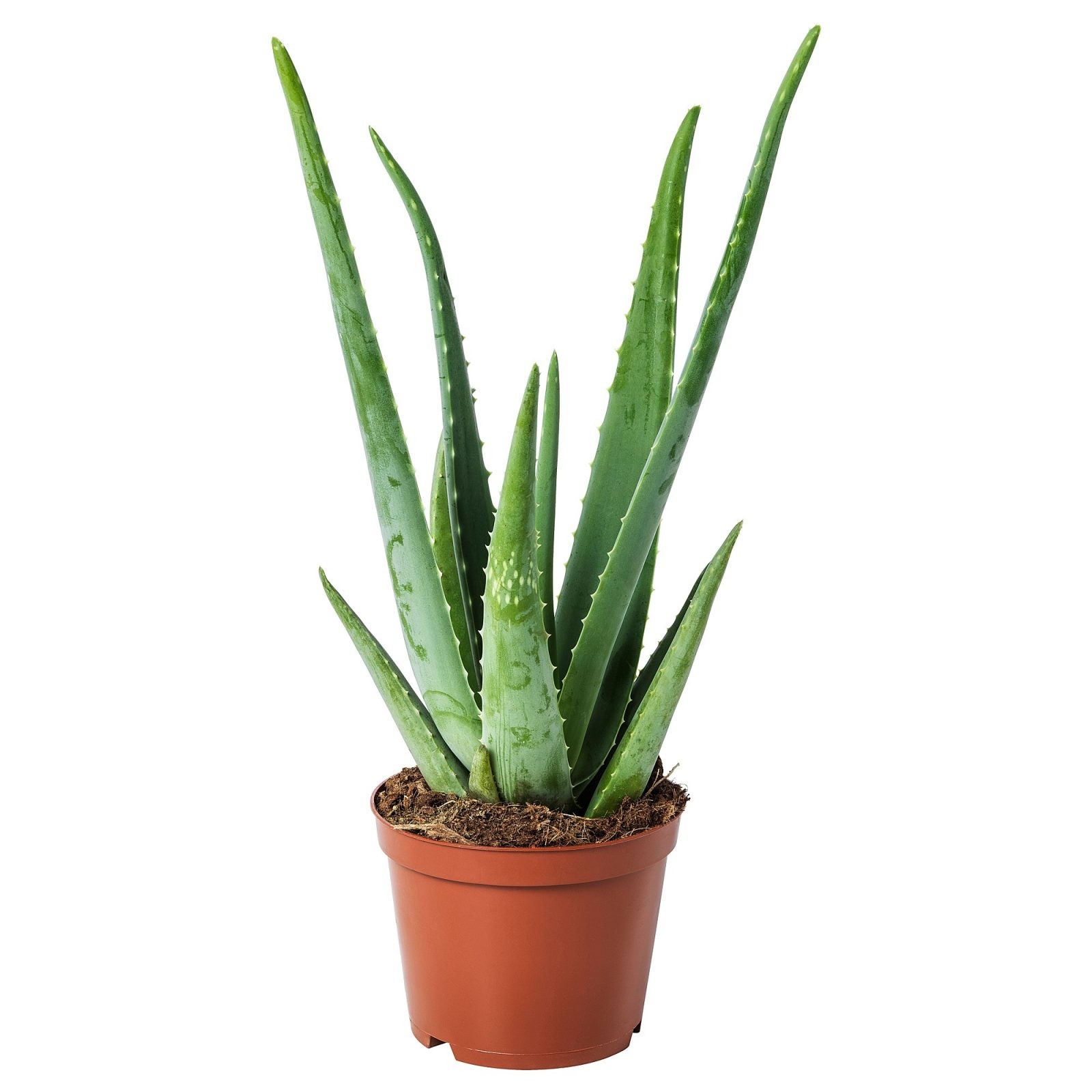
Aloe Vera is mainly used in consumer products as it helps people to protect their skin. It can be easily grown under indoor circumstances. Apart from being used as a medicine for skin-related issues, Aloe Vera helps us to remove toxins such as Formaldehyde leaving us with fresh air to breathe. After understanding the benefits of Aloe Vera people started growing it in their houses.
Philodendron
Scientific Name: Philodendron
Toxins Removed: Formaldehyde
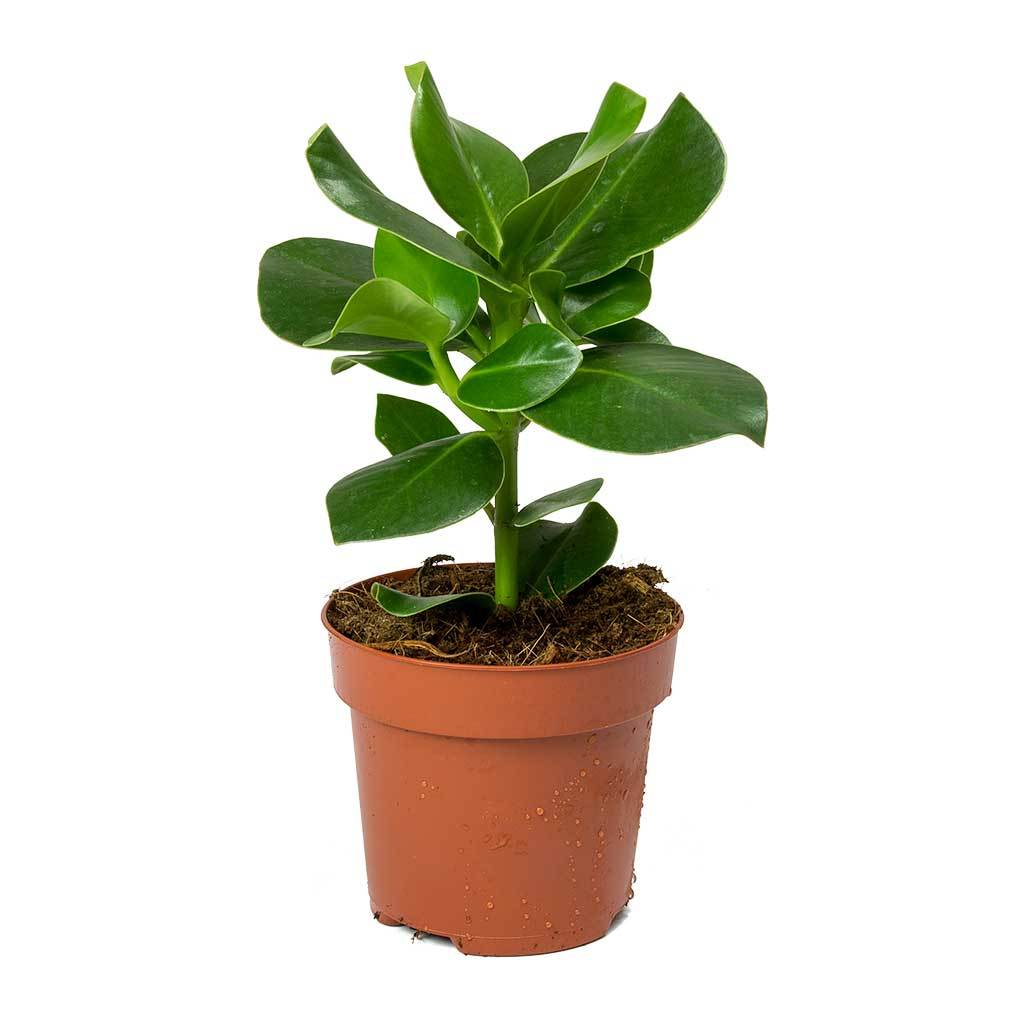
The Philodendron can be grown inside your home. It just requires some water and bright indirect sunlight. This plant removes the Formaldehyde toxin, which is dangerous for our health. Philodendron contains 0.7% of oxalates which are considered unhealthy. Grow the plant away from Children’s reach.
Snake Plant
Scientific Name: Sansevieria trifasciata
Toxins Removed: Formaldehyde, Trichloroethylene, Benzene, and Xylene

This plant is also called a Mother-in-laws tongue. Snake Plant can grow up to 2 metre high. You just need to keep the plant facing direct sunlight for 2 hours a day. The Snake Plant removes 4 out of 5 main toxins causing sick building syndrome.
For more Health related post visit here.
Summing Up
The above are the 10 best indoor plants that remove toxins and provides fresh air to breathe. There are other plants that are listed under NASA’s Clean air study as well. You can check the plants and the toxins they remove in the link mentioned above. There are a few plants that are toxic in nature. Make a research before growing a particular plant.
Thank you for reading this post. LifePyar contains all sorts of information in it. Do appreciate our work by sharing it with your friends and family.

